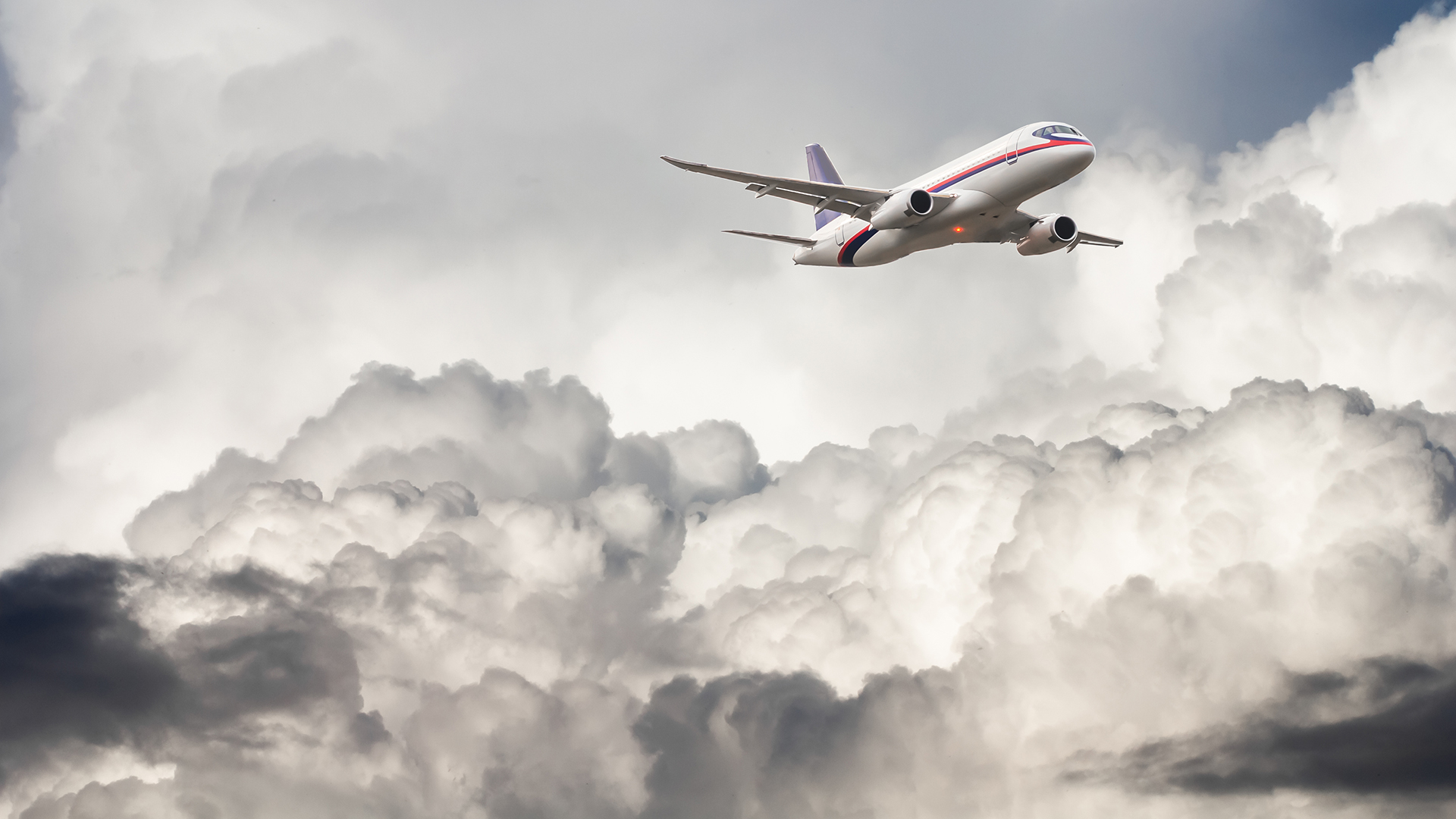
What are air pockets?
And it is time for us to stop using the term?

It's not uncommon for airline passengers to feel a sudden jolt during a flight. Often, this shaking and juddering will come without much prior warning; even when the weather conditions appear calm, the plane may get shaken around to some extent, or could even briefly lose altitude before normal service is resumed.
Such effects are sometimes attributed to a plane encountering an "air pocket," but is this accurate?
Well, as it turns out, it's not at all correct — because air pockets don't actually exist.
"Basically, there's no such thing. It seems to be a layman's term to describe certain forms of turbulence or windshear," Guy Gratton, an aeronautical engineer, test pilot and professor of aviation and the environment at Cranfield University in the U.K., told Live Science in an email. "I don't personally ever use the term. I don't think it's useful."
Related: Why does the Earth rotate?
Turbulence is, according to the National Weather Service, "one of the most unpredictable of all the weather phenomena that are of significance to pilots." Planes are most likely to experience turbulence when they come into contact with a "relatively random large magnitude current, or a rising or descending column of air," Gratton added.
The term "windshear," meanwhile, is used to describe a "sudden change" in wind velocity. This immediate change in wind speed or wind direction happens over a relatively short distance in the atmosphere, and can occur at both high and low altitude, according to the Federal Aviation Administration.
Sign up for the Live Science daily newsletter now
Get the world’s most fascinating discoveries delivered straight to your inbox.
"If a plane is flying along at a constant speed and height, then suddenly the headwind reduces, or it enters a descending column of air, this can cause the aircraft to suddenly descend," Gratton explained. "Conversely, if the headwind rapidly increases, or the plane enters a rising column of air, this can cause it to suddenly climb."
So, where is a plane most likely to encounter such conditions?
"There are two main places," Gratton said. "Either around a cumulonimbus cloud, which routinely has high magnitude air currents around it, or around the edges of one of the jet streams." Jet streams are essentially rivers of wind high above in the atmosphere, and have a huge influence on climate, as they can push air masses around and affect weather patterns.
Cumulonimbus clouds are commonly referred to as "thunderclouds," because they are, according to the U.K.'s Met Office, "the only cloud type that can produce hail, thunder and lightning." They are born from convection — warm air rising due to it being less dense than the surrounding atmosphere — and "exist through the entire height of the troposphere," the lowest layer of Earth's atmosphere, which extends to about 33,000 feet (10,000 m) above sea level.
Turbulence is relatively common around these clouds when updrafts and downdrafts converge. According to the Airplane Academy, an aviation resource website, "microbursts," a term used to describe particularly hazardous extreme winds, can see planes experience "downdrafts in excess of 2,000 feet per minute [610 m/minute] and surface winds in excess of 100 knots [115 mph or 185 km/h]."
It can certainly come as a shock to be shaken around when on a plane, and the experience can range from rather uncomfortable to extremely scary. But can turbulence damage a craft? And, if so, could it potentially cause a plane to crash or require a pilot to make an emergency landing?
"In extremis, turbulence can damage an aircraft," Gratton confirmed. "If the plane transitions suddenly to climbing or descending, and is flying too fast for the conditions, the plane can potentially become overstressed. In simplistic terms, this could pull the wings off, with inevitably serious consequences."
Gratton noted that windshear can impact planes in different, but no less serious, ways.
"An encounter with windshear, if close to the ground, can cause the airplane to descend out of control into the ground, also with very serious consequences," he said. "This has happened."
However, Gratton is keen to note that these are worst-case scenarios, and are very unlikely to happen. "Any kind of turbulence or shear-caused accident is very rare. In fact, it should be almost impossible, as airports and aircraft have windshear detection systems, and pilots know to slow aircraft below critical speeds if severe turbulence is predicted or experienced.
"In reality, the greatest risk may be items flying around the cabin that weren't secured properly, which can happen even when the aircrew does its job properly."
Originally published on Live Science on May 13, 2010 and rewritten on July 19, 2022.

Joe Phelan is a journalist based in London. His work has appeared in VICE, National Geographic, World Soccer and The Blizzard, and has been a guest on Times Radio. He is drawn to the weird, wonderful and under examined, as well as anything related to life in the Arctic Circle. He holds a bachelor's degree in journalism from the University of Chester.









